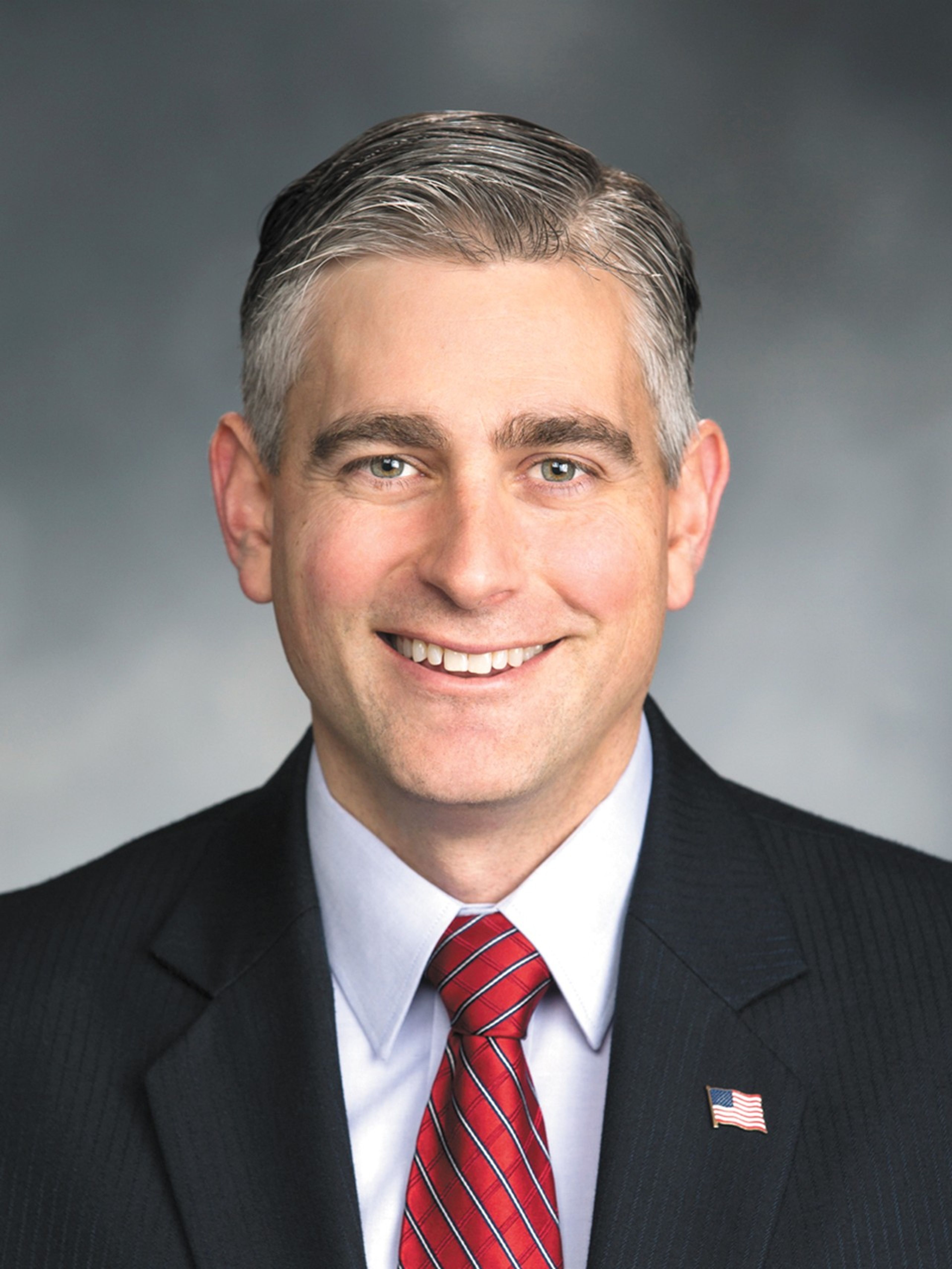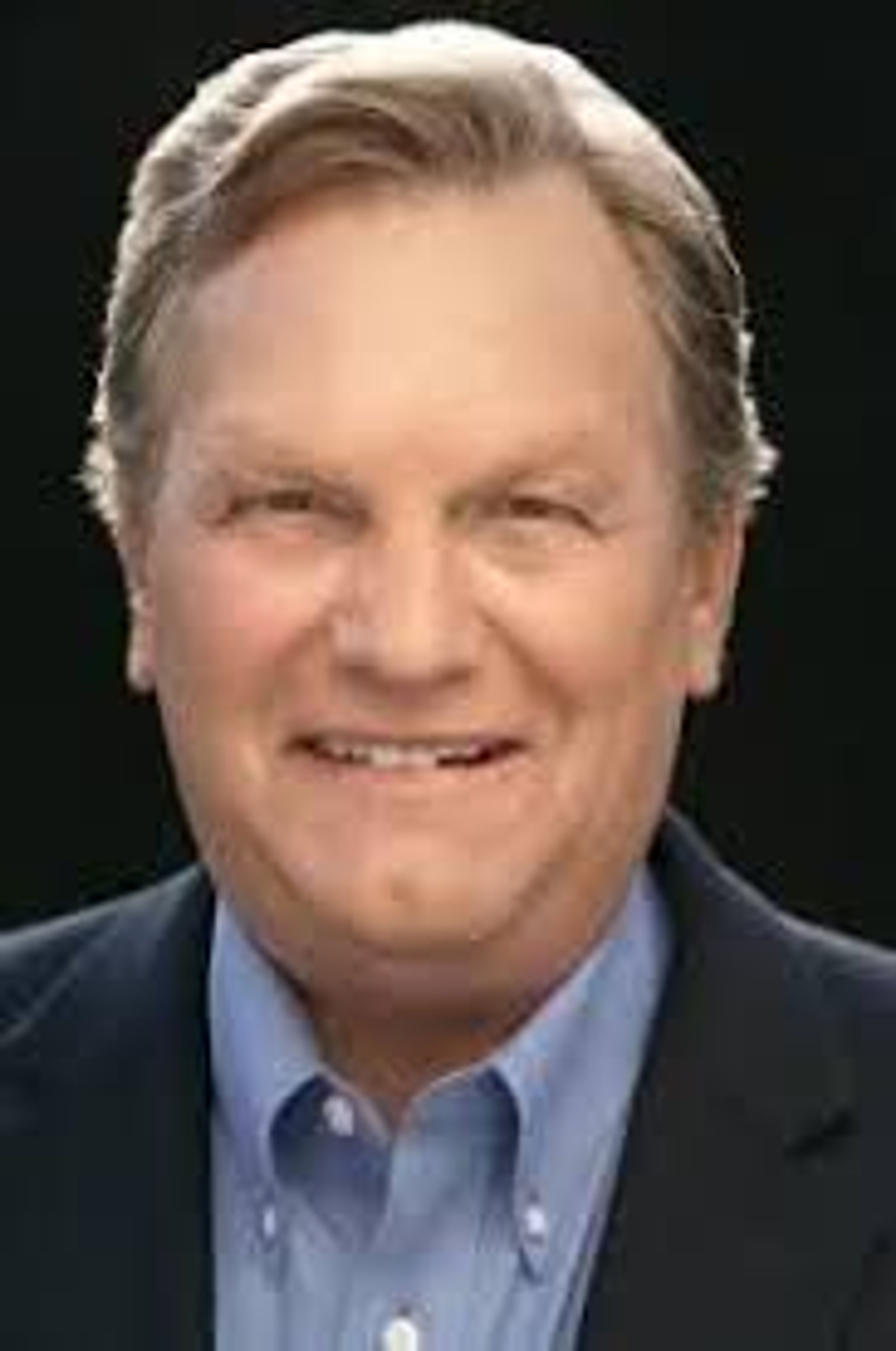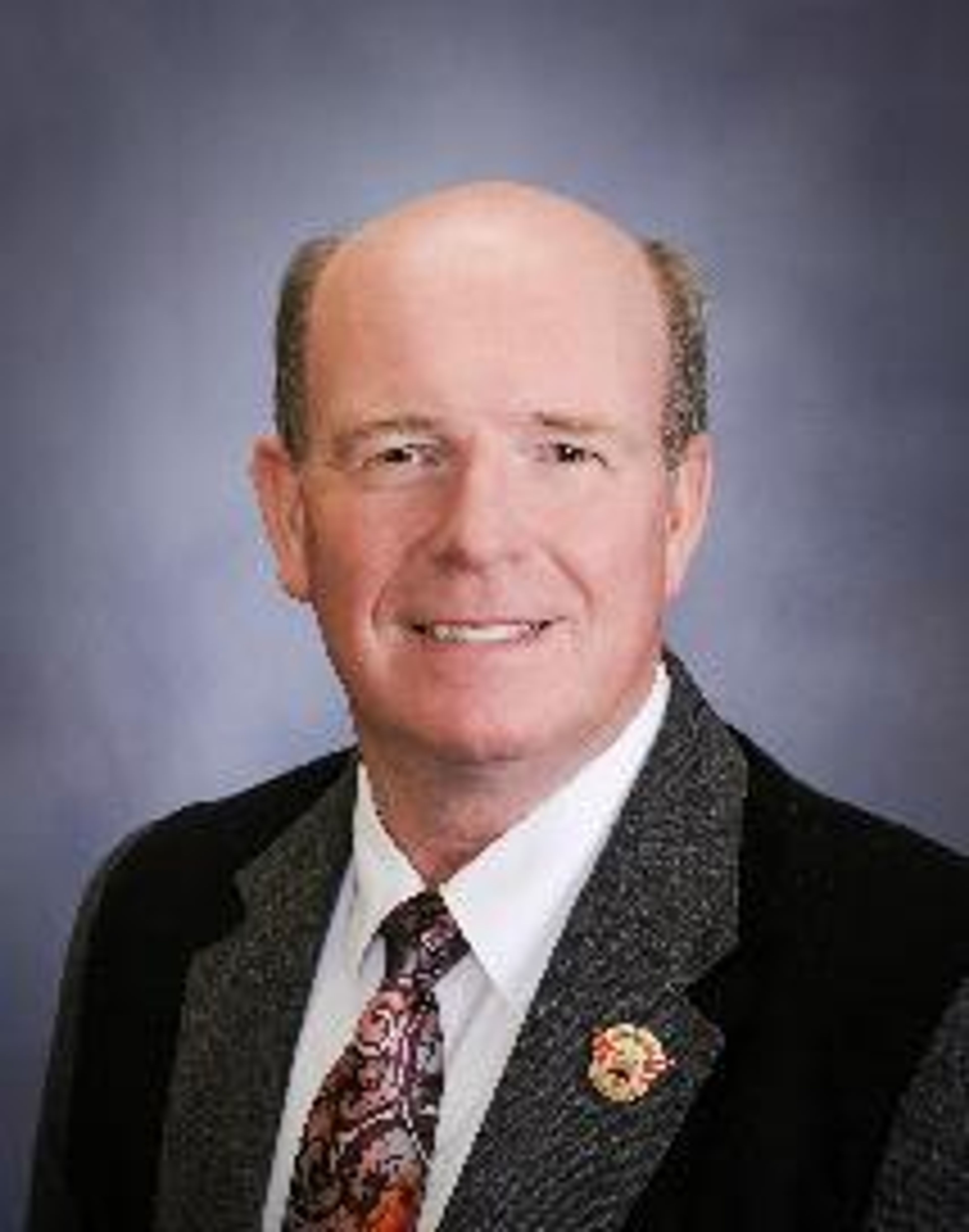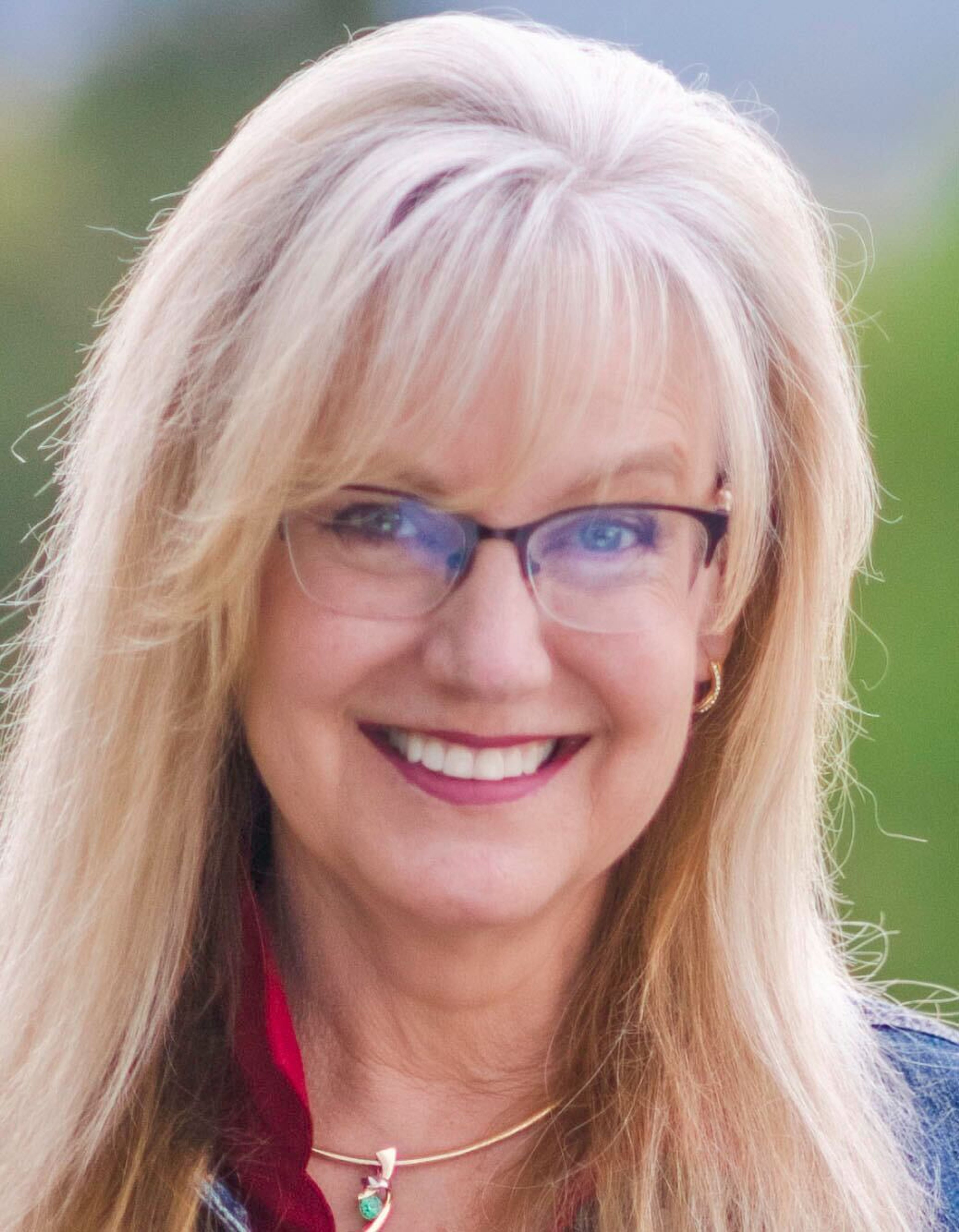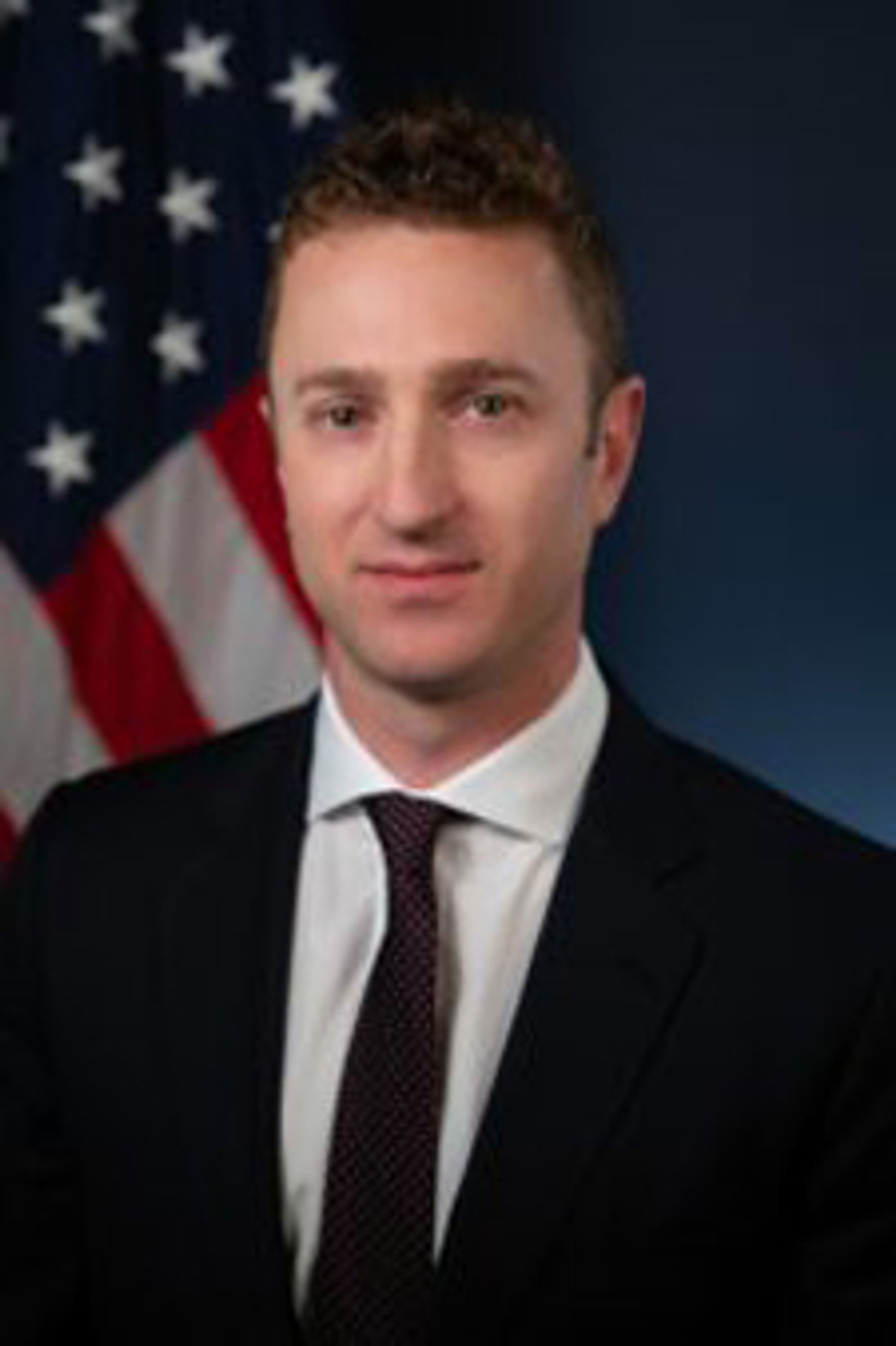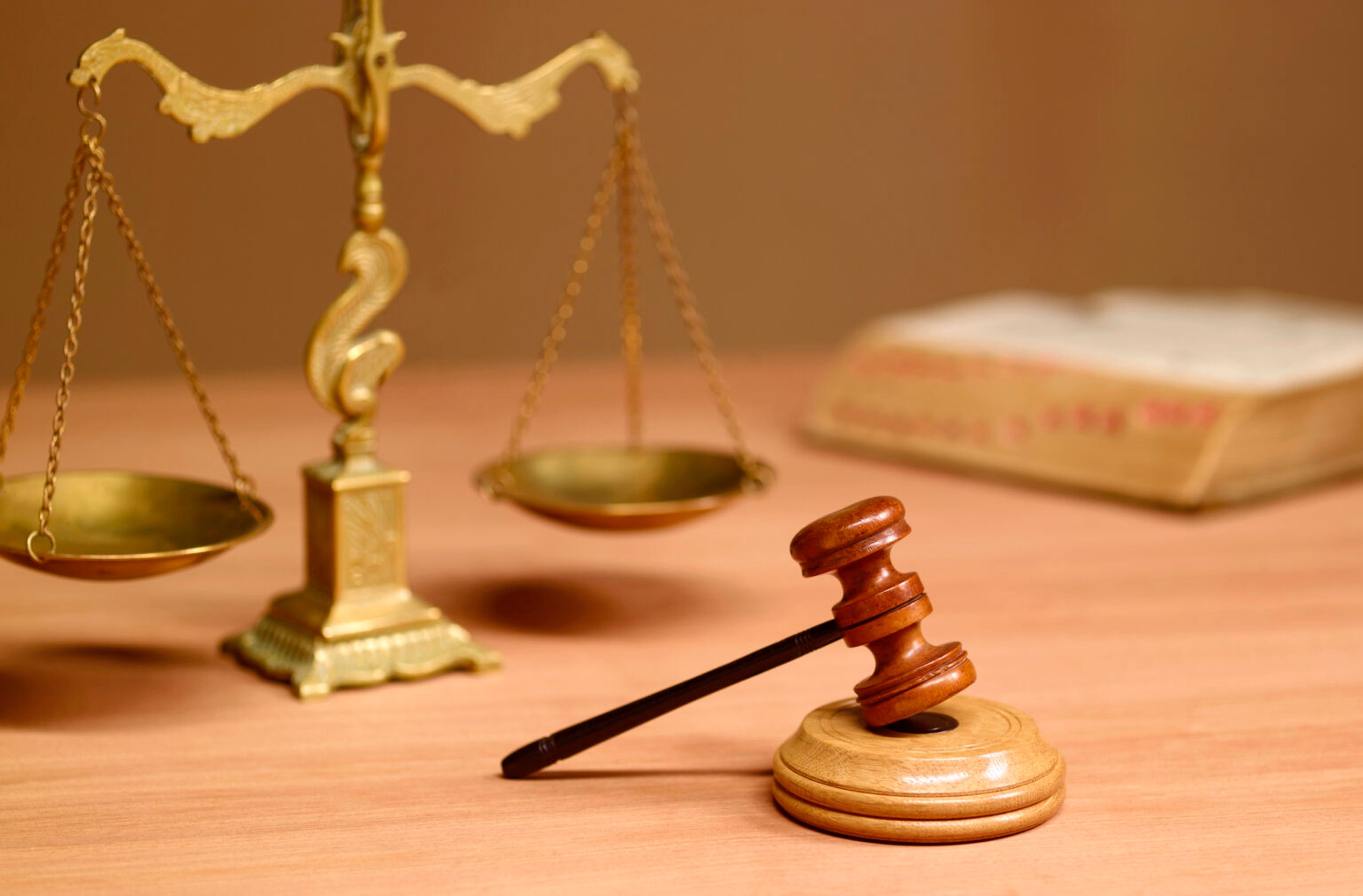‘We are here to help': Providers explain what to expect when calling 988
Since July of this year, people experiencing a mental health crisis have been urged to call 988. When they reach it, an automated message greets them:
“You’ve reached the 988 suicide and crisis lifeline,” it says. “We are here to help.” Callers are prompted to press two for Spanish, one for Veterans and service members and, three to access support for LGBTQ+ people younger than 25 — or wait on the line while their call is routed to a crisis counselor. On average, it’ll take a little less than 40 seconds.
On Monday, representatives from the Idaho Department of Health and Welfare and Idaho’s crisis and suicide hotline hosted an educational webinar on 988 and the services callers can expect to access.
Last month, the national 988 system answered 200,826 calls. For those reaching the hotline, crisis counselors can help callers de-escalate and connect to local resources including crisis centers and mobile response teams.
But one concern many people have is whether the police will show up if they use the service, said Belinda Dalrymple, the program manager for Idaho’s Center of Excellence crisis team. Despite those fears, she said operators only contact 911 if someone is thought to be an imminent threat to themself or others.
“Mobile response teams will only call 911 if there is a belief that the client is actually in danger right then and there,” she said. “Typically, if an assist is needed by EMS or an officer, the nonemergency dispatch line is called, which basically just means that fewer officers or fewer paramedics show up. No lights and sirens.”
Generally, the hotline is able to divert most calls away from the need for law enforcement or hospitalization, she said.
“The hotline is able to divert about 80% to 85% of all of our calls and help that person stay in that community,” Dalrymple said. “Then of the 10% to 15% of calls that come to the mobile response teams, we’re also able to divert about 80% of those,” she said.
So far, only a few regions have access to regularly available mobile response teams, though Dalrymple said the state is working to expand the service.
Idaho District 2 does not have those teams, but it does have the rural crisis network with locations in Moscow, Lewiston and Orofino. There are also crisis responders in Pullman and Clarkston. Those centers can provide clients 18 years of age and older with food, a bed and professional guidance for managing their crisis needs, said Adam Moravek, the director of clinical operations at the Western Idaho Community Crisis Center.
Clients are provided a space for nonmedical detoxification, a safe environment for psychiatric stabilization, and short-term case management and peer support, Moravek said. Crisis centers admit clients on 24-hour timeframes, though some can readmit patients who need more care.
In other cases, operators may schedule follow-ups through mobile responders if they’re available, the hotline, or ask if a client is open to a field response from a paramedic or officer. Dalrymple said follow-ups are not initiated unless clinically justified, or requested by the caller.
“We’re not going to impose ourselves on those individuals any more than we already have to,” Dalrymple said. “We’re a bunch of strangers coming into your life, and nobody likes that. So we try to minimize our impact on the client’s life as much as possible.”
Once operators conduct a safety assessment, many are able to help callers de-escalate and create a safety plan without a need for moving callers to a higher level of care, said Lee Flinn, the director of the Idaho crisis and suicide hotline.
“Safety plans look very different depending on who the person is,” she said. “For some people a safety plan at that moment might be something like self care, it might be reaching out to a loved one that they can talk to, it might be petting their dog or cat. Anything that helps calm them, and that helps keep them safe.”
Sun may be contacted at rsun@lmtribune.com or on Twitter at @Rachel_M_Sun. This report is made possible by the Lewis-Clark Valley Healthcare Foundation in partnership with Northwest Public Broadcasting, the Lewiston Tribune and the Moscow-Pullman Daily News.
Callers using the old number for the National Suicide Prevention Hotline, 1 (800) 273-8255, will still be routed to the 988 crisis line.
Currently, 988 callers are directed to call centers based on their area code. However, they will still be able to access services and support regardless of where they currently reside.
Callers with suicidal ideation are not automatically escalated to a higher level of care, and 911 is only alerted in the case of imminent threat.
